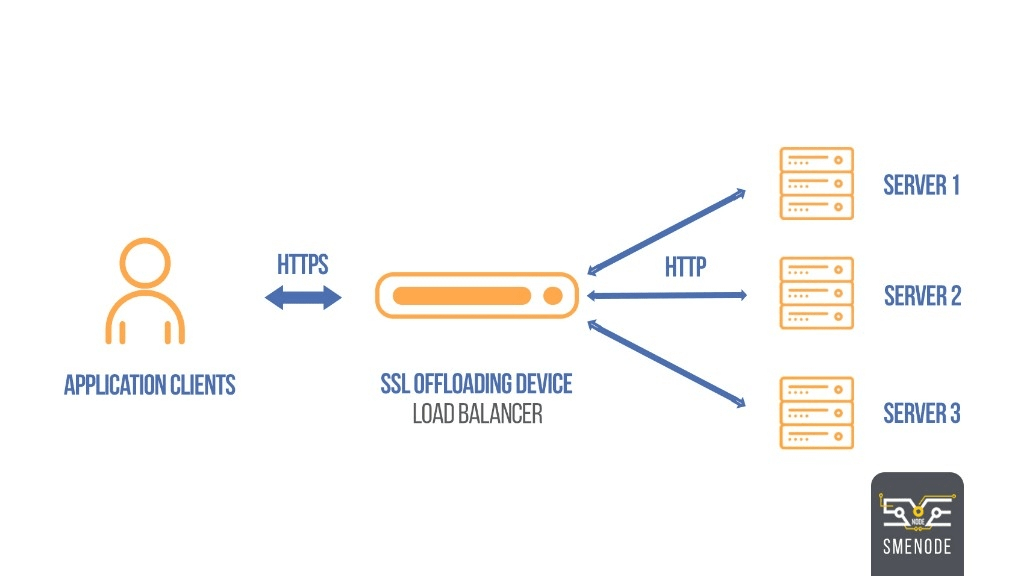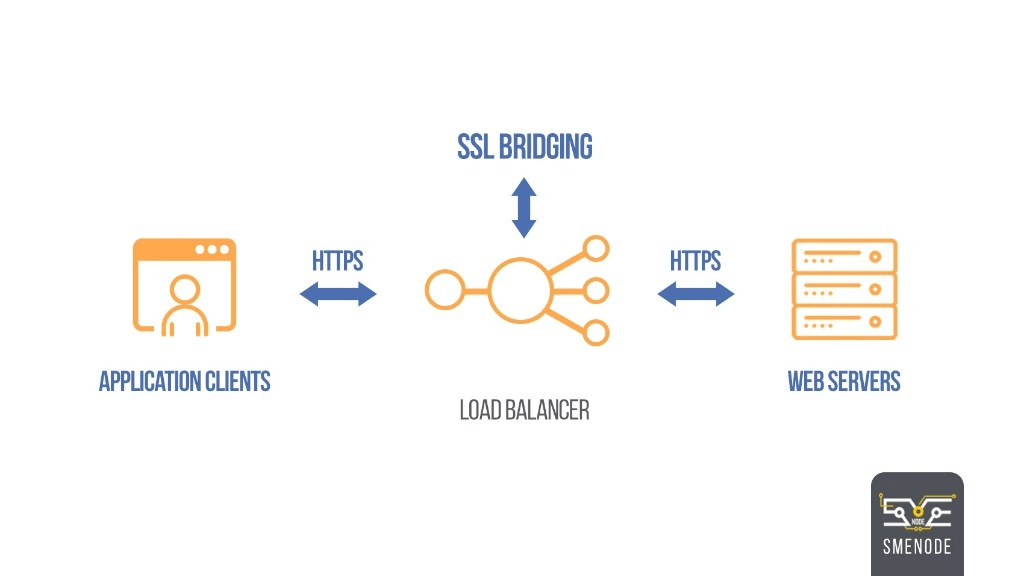What is the SSL Offloading solution, and how does it work?
SSL protocol (of course, this protocol is obsolete, and its replacement version is TLS, but the name of the SSL Offloading solution has not changed, for that reason, we use the title SSL) is a protocol that is used to encrypt and decrypt data and guarantee data transmission in total. It is completely secure on the HTTP platform. It is tough and heavy to perform calculations and the SSL algorithm for the data to be encrypted and decrypted. Hence, we use the SSL Offloading solution to reduce the load on the web server and separate the received web traffic and the computational burden of encryption and decryption.
What is the SSL Offloading Solution?
We got to know this solution and the concept of SSL to some extent, but in general, SSL is a protocol that encrypts data for us and is used to prevent attacks such as Reply Attack and MITM and helps a lot.
Due to its good quality, the SSL protocol also results in a large amount of computing load, so this process is very effective on the server(s) and their CPU processing.
In addition to the fact that these server(s) must check the amount of traffic received and the processing of incoming web requests and send the response, we must have a solution so that our web server can respond to other requests. So we make a solution to remove the SSL computing load, which includes data encryption and decryption, from the web server and another server, called SSL Load Balancer or SSL Offloading.
How does SSL Offloading work?
Note that this process and the purpose of this solution is that we do not perform SSL processing directly on our web server. When we separate this processing and put it on another device, it becomes so that when data from The user side is sent to the web server. At first, the data is received on the HTTPS protocol (encrypted) in the server that performs SSL Offloading, and after that, after decoding the data, the information is sent as plain text is sent to the web server.

Note that this process can’t be done only on an external device and on top of the server, this issue can be done on the web server itself, but the processing can be done with a different processor and hardware.
Features Of SSL Offloading
- SSL Handshake computing load on another device with a higher speed
- Increase the speed and processing ability of the web server
- Increasing the loading speed of website pages
- Improving website stability and performance
- HTTPS Inspection
What are the types of SSL Offloading?
SSL Offloading includes two modes as follows:
SSL Termination
This method is the same method that we explained above, and the way it works is that the encrypted data is received in the SSL Offloading server, and the data after decryption is sent to the web server, and its response is also encrypted in the SSL Offloading server, and It is sent to the client side and the desired requester

SSL Bridging
This mode is different from the SSL Termination mode because the data is received encrypted in the SSL Offloading server and sent to the web server similarly. The process of decoding them is the responsibility of the web server.
This process is for additional checks and inspections on encrypted web traffic, which will be checked for malicious content and codes, and if there is a problem, they will be dropped; otherwise, they will be forwarded in the same way (fully encrypted) to be sent to the web server for decoding in the web server and processing the request

- Read More: 7 Tips For Securing The SSH Protocol
